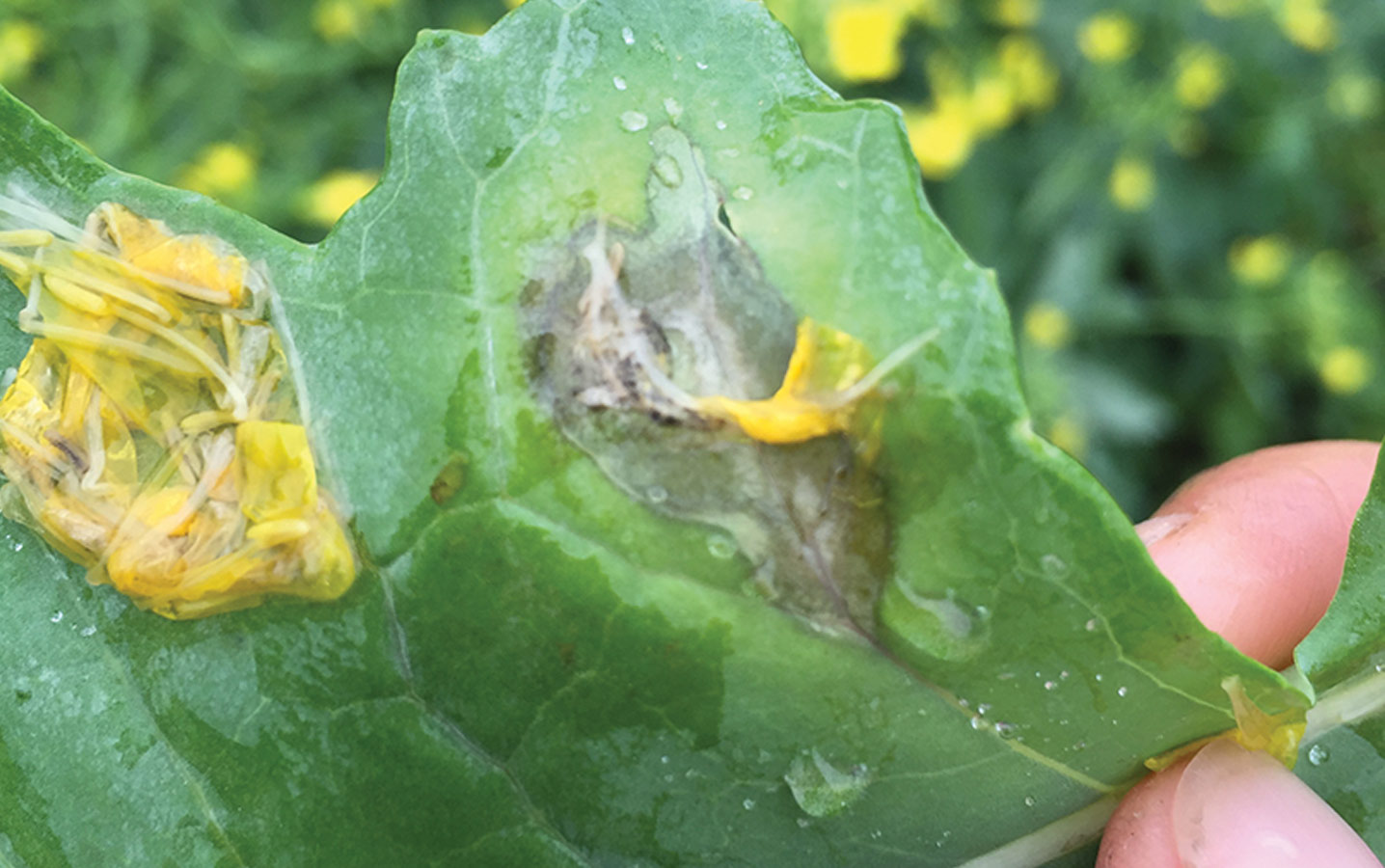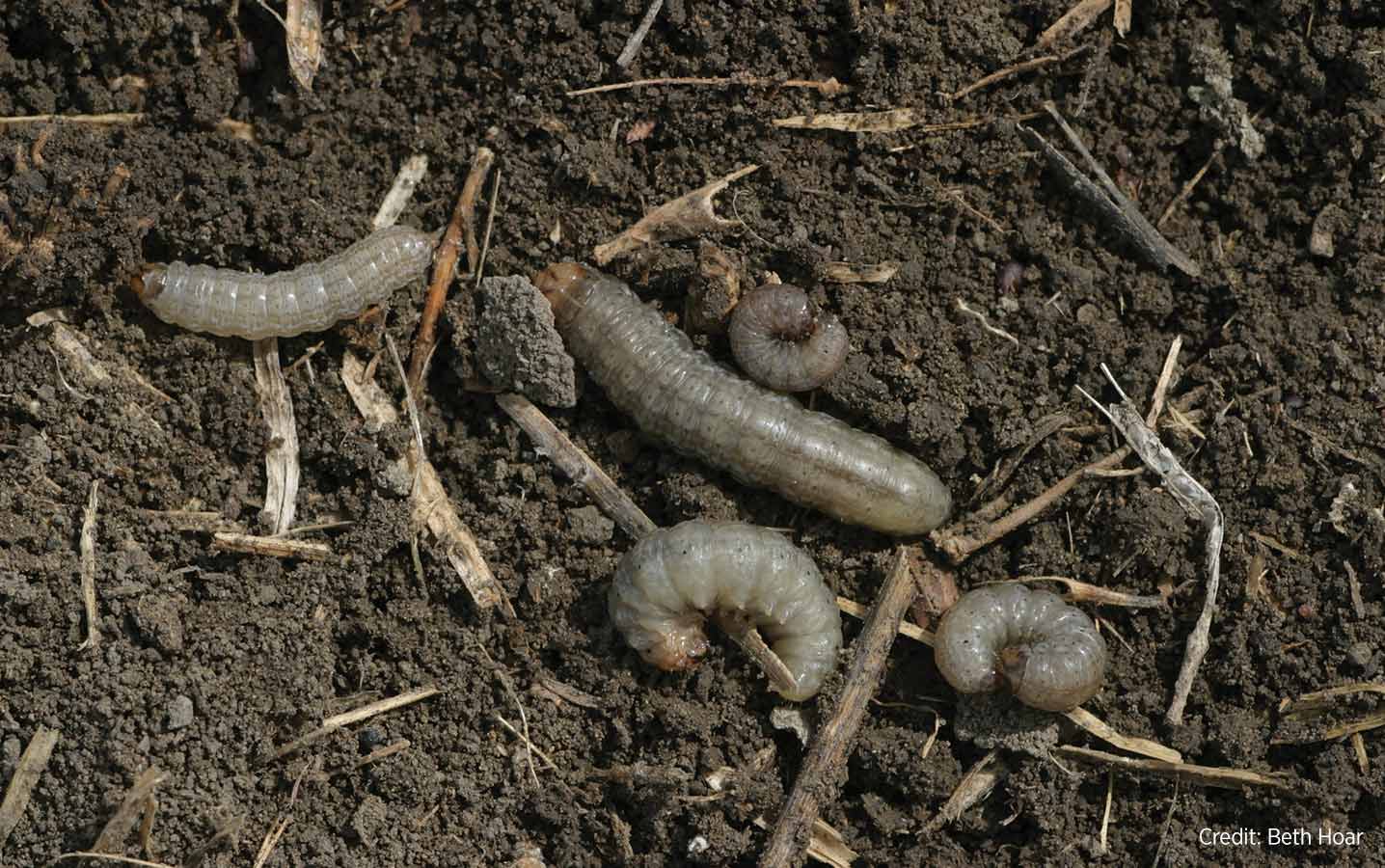Key result: Sclerotinia stem rot-tolerant varieties are available and efforts continue to improve varietal resistance, in both the public and private sectors. Researchers on this project have identified previously undiscovered genes associated with the plant defense response, providing valuable resources for researchers interested in developing sclerotinia-resistant canola lines. Project title, Principal investigators: “Getting one step...
Read More Key Result: Fertilizer applications are a significant cost to growers and unpredictable environmental temperatures and precipitation events can make it tough to predict the proper fertilization regimes. This study investigates an alternative solution for canola growers: the potential benefit of endophytic fungus Piriformospora indica on canola growth and yield. Results from the controlled-environment experiment look...
Read More 
Key Result: Sclerotinia stem rot, caused by Sclerotinia sclerotiorum, is commonly managed by routine application of fungicides, typically without any indication of disease risk. Through this study, a quantitative polymerase chain reaction (qPCR)-based assay was developed to measure S. sclerotiorum DNA in canola petals, enabling rapid and accurate estimates of infestation levels when timely fungicide...
Read More Key Result: Soil-test-based fertilizer applications can be a sustainable and economical technique to optimize crop production and profit margin, but aren’t always used due to questions of effectiveness. This study found that soil test recommendations are fairly accurate and provide good information to growers in both direct seeding and conventional tillage systems. Project title, Principal...
Read More 
Key result: A pest complex of economically significant cutworm species can be found on the Prairies, and outbreaks seem to be occurring with greater frequency. This study has resulted in a DNA protocol for quick, accurate identification of cutworm species; identification of natural enemies and evaluation of their ability to develop on different cutworm species;...
Read More





